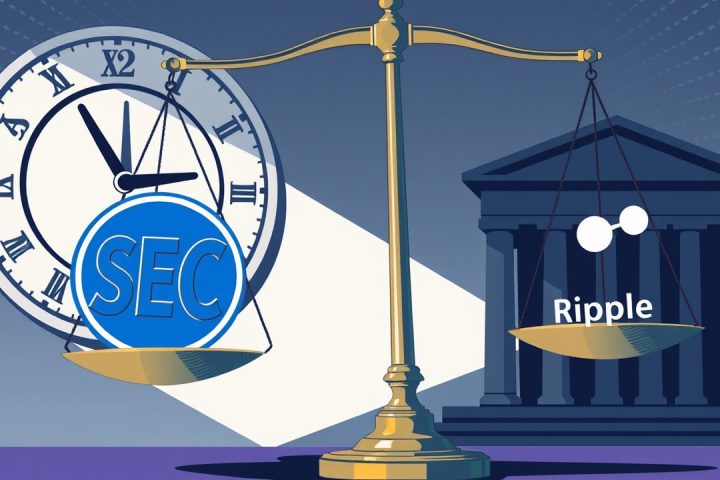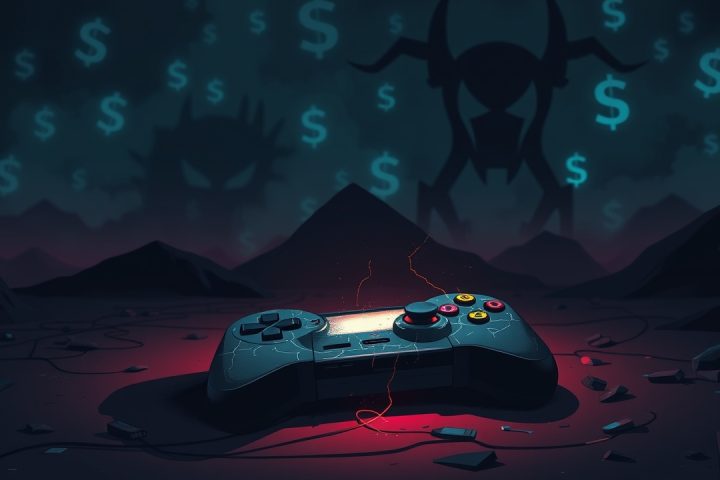Concerns Over Michael Saylor’s Bitcoin Holdings
In a thought-provoking commentary, Kadan Stadelmann raises significant concerns regarding Michael Saylor’s intentions to incinerate his Bitcoin holdings. This decision would not only impact Saylor’s financial legacy but also the broader Bitcoin ecosystem. Saylor, a prominent advocate for Bitcoin through his company MicroStrategy, has echoed ambitions to control a substantial portion of Bitcoin’s total supply, aiming for a one percent ownership of all circulating BTC.
The Implications of Burning Bitcoin
The implications of burning his Bitcoin are troubling, as it diminishes a vital lifeline that many investors rely on to shield themselves from inflationary pressures.
Burning Bitcoin involves permanently removing coins from circulation by sending them to unreachable addresses, a process that signals a drastic reduction in available assets. This act could exacerbate concerns about Bitcoin’s scarcity, especially when considering the approximately 17-23% of all Bitcoins that are estimated to be lost forever due to forgotten passwords and hardware failures. Such loss already creates a pronounced scarcity, thus making each remaining Bitcoin even more valuable.
Market Confidence and Bitcoin’s Principles
The potential decision to eliminate his stock of Bitcoin would not only constitute a personal loss for Saylor but could also trigger a ripple effect within the market, undermining confidence among Bitcoin holders. Key to its strength, Bitcoin operates on principles of limited supply and decentralized control. If Saylor were to proceed with this controversial decision, it might question the predictability of Bitcoin’s issuance and inspire further arbitrary actions that could dissuade investment.
Proposed Alternatives for Saylor
Stadelmann proposes that Saylor should instead leverage his Bitcoin to amplify his influence and contribution to the cryptocurrency community. By opting to fund educational institutions, healthcare facilities, or charitable initiatives, Saylor could ensure that his wealth contributes positively to society while simultaneously enhancing the legacy of Bitcoin as a tool for economic empowerment.
Moreover, retaining ownership or passing his Bitcoin down through inheritance aligns with the foundational ideals of Bitcoin as a mechanism for financial liberation. Such actions would promote adoption and potentially stabilize the currency’s value, ensuring its availability for future generations while honoring the vision of Bitcoin creator Satoshi Nakamoto.
Conclusion
Ultimately, while the discretion over his Bitcoin rests solely with Saylor, the ramifications of such a decision merit substantial reflection. His existing Bitcoin serves not just as a personal asset but as a cornerstone of confidence and innovation within the cryptocurrency landscape. Moving forward, he needs to consider how best to utilize these assets in ways that promote Bitcoin’s longevity and utility for the broader community.




